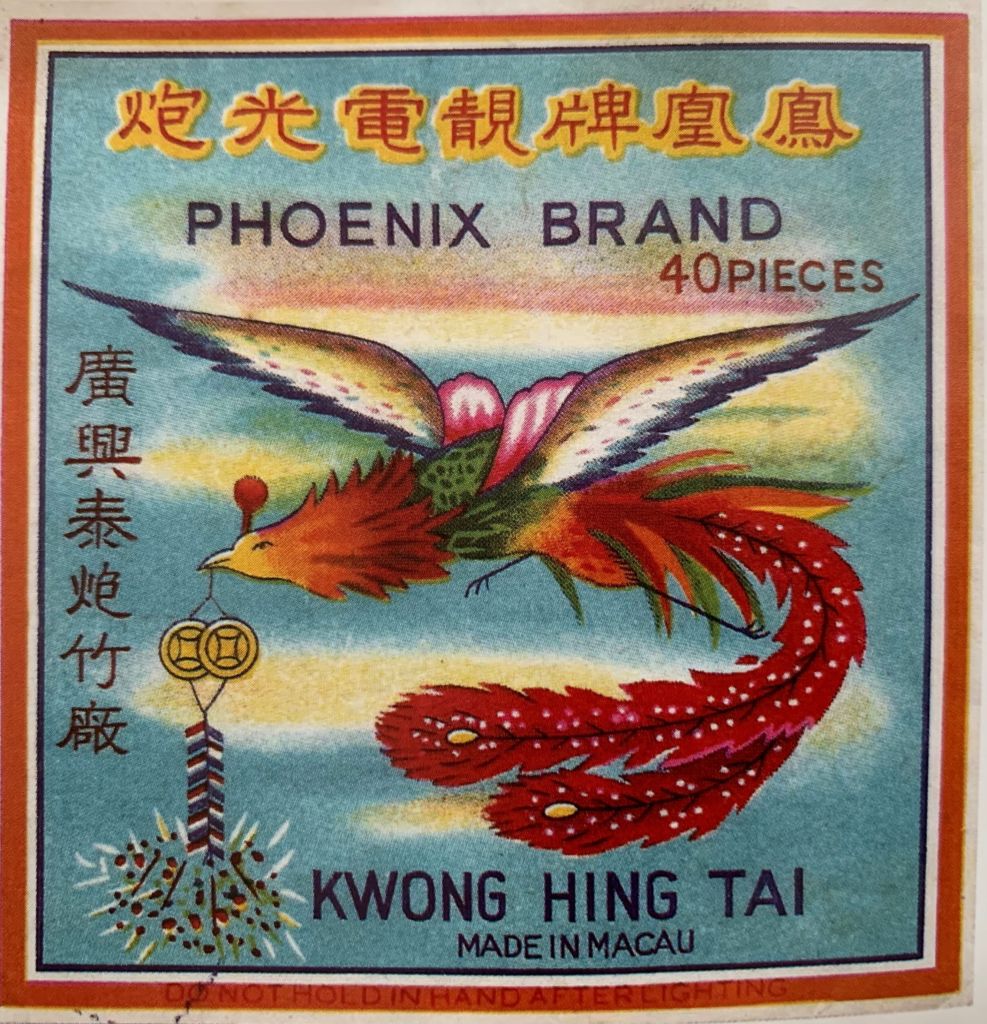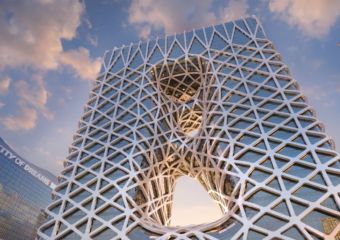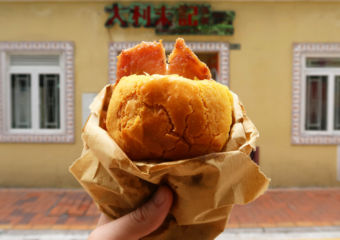Featured image: Phoenix brand firecrackers advertisement. Source: Albert Lai’s “The Firecracker Industry in Taipa”
While looking up at all the hotels, resorts and casinos, residential buildings and companies, do you ever think about how this city evolved to this stage? There are several areas, happenings and people that, throughout the years, were responsible for the development of Macau. Macau’s firecracker industry is one of the most relevant and historically important to the territory and its advancement. Let’s take a closer look at an industry that started in mainland China, came to Hong Kong and Macau and spread throughout the whole world. Did you know that Marilyn Monroe shot a commercial for one of the firecracker companies? Come with us and explore Macau’s historic firecracker industry.
Guangdong & Hunan: Where it all started
To understand how firecracker making and importing became one of Macau’s most prolific business during the 20th century, we need to go back a few centuries, more specifically to the Tang Dynasty. At the time (618–907), it started in Hunan, having flourished during the late Song Dynasty. It was during the reign of Emperor Guangxu (1871–1908) that firecrackers started being exported to Hong Kong and Macau, afterwards being shipped to the rest of Asia.
The start of the 20th century was quite prosperous for this industry, especially in Dongguan (China), but decreased with time due to the invasion of southern China by the Japanese army, in 1938. However, ten years later, firecrackers were one of the most relevant businesses in China. The foundation of the People’s Republic of China brought a major shift to it. The unstable political environment at that time forced most manufacturing companies to move to Hong Kong and Macau.
Although the 20th century saw growth when it comes to the development of these companies on both territories, records from the end of the 19th century show that the industry was already flourishing in Macau. Li Ong Guing and Liong Vun Ing were authorized to start a firecracker factory in Macau in 1881. Between 1882 and 1893, more than 10 businessmen requested permission to establish their own factories here.
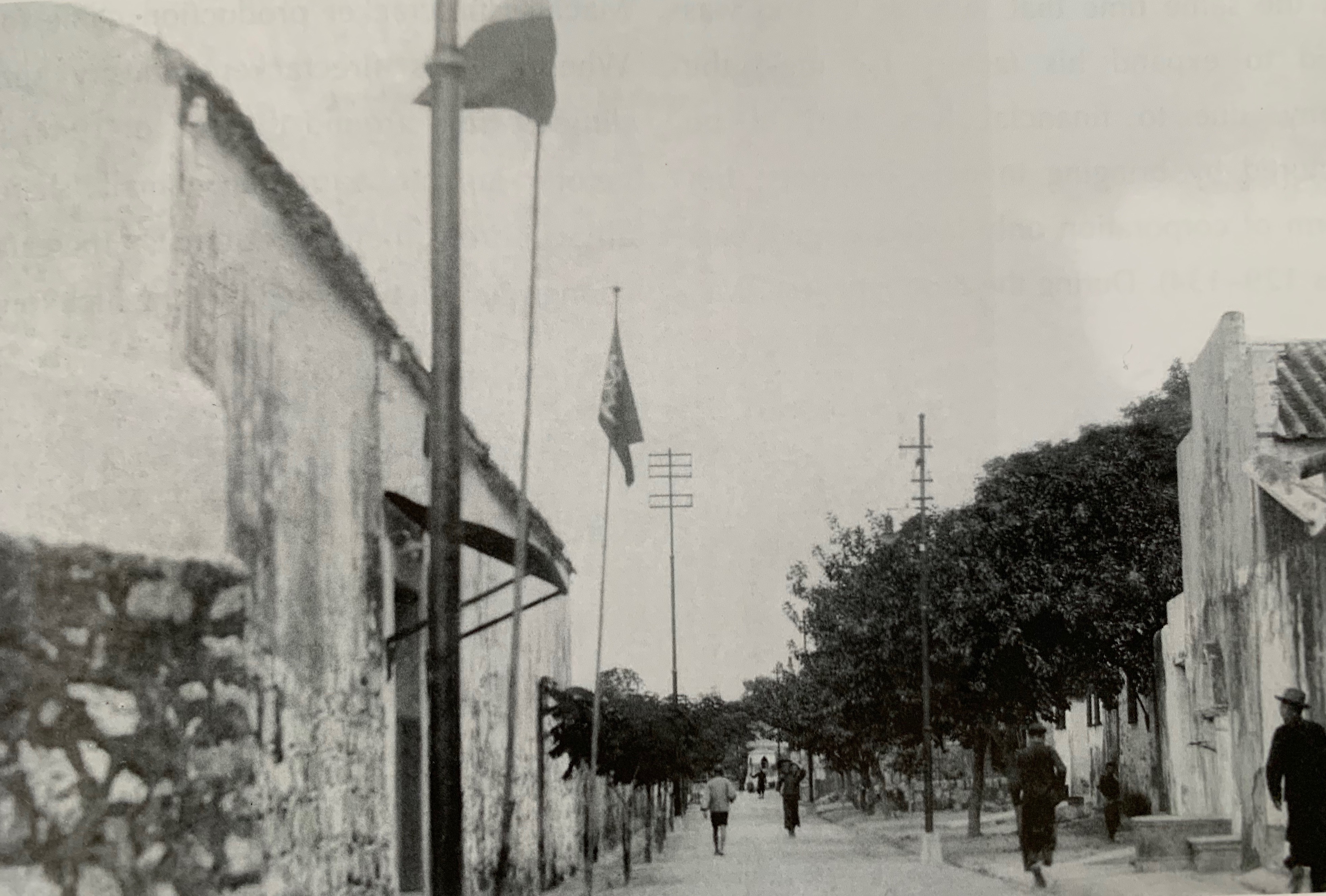
Iec Long Factory during the 30s. Source: Albert Lai’s “The Firecracker Industry in Taipa”
From the peninsula to Taipa
In the 1920s, there was a specific plot of land designed to lodge all the factories and protect the population from it. However, all these would later relocate to another restricted area away from the city center–what we now know as Toisan district which is still an industrial area. After an explosion took place at one of the peninsula’s factories in 1925, all the remaining factories were believed to have moved to Taipa island but there were still a few companies operating in Macau side. Macau’s firecracker industry essentially relocated its operations to Taipa.
The first one in Taipa started in 1923 with four existing factories on the island by 1927. The emblematic white and yellow Iec Long was one of them. By now, we understand how it flourished in town, but how did this industry become so relevant for the territory’s economy? The firecracker industry actually provided a fair amount of jobs for the locals, including entire families who would work in various stages of the making–tube-rolling, wrapping, sealing, clamping, braiding, packaging, printing, and packing were all done by local Chinese.
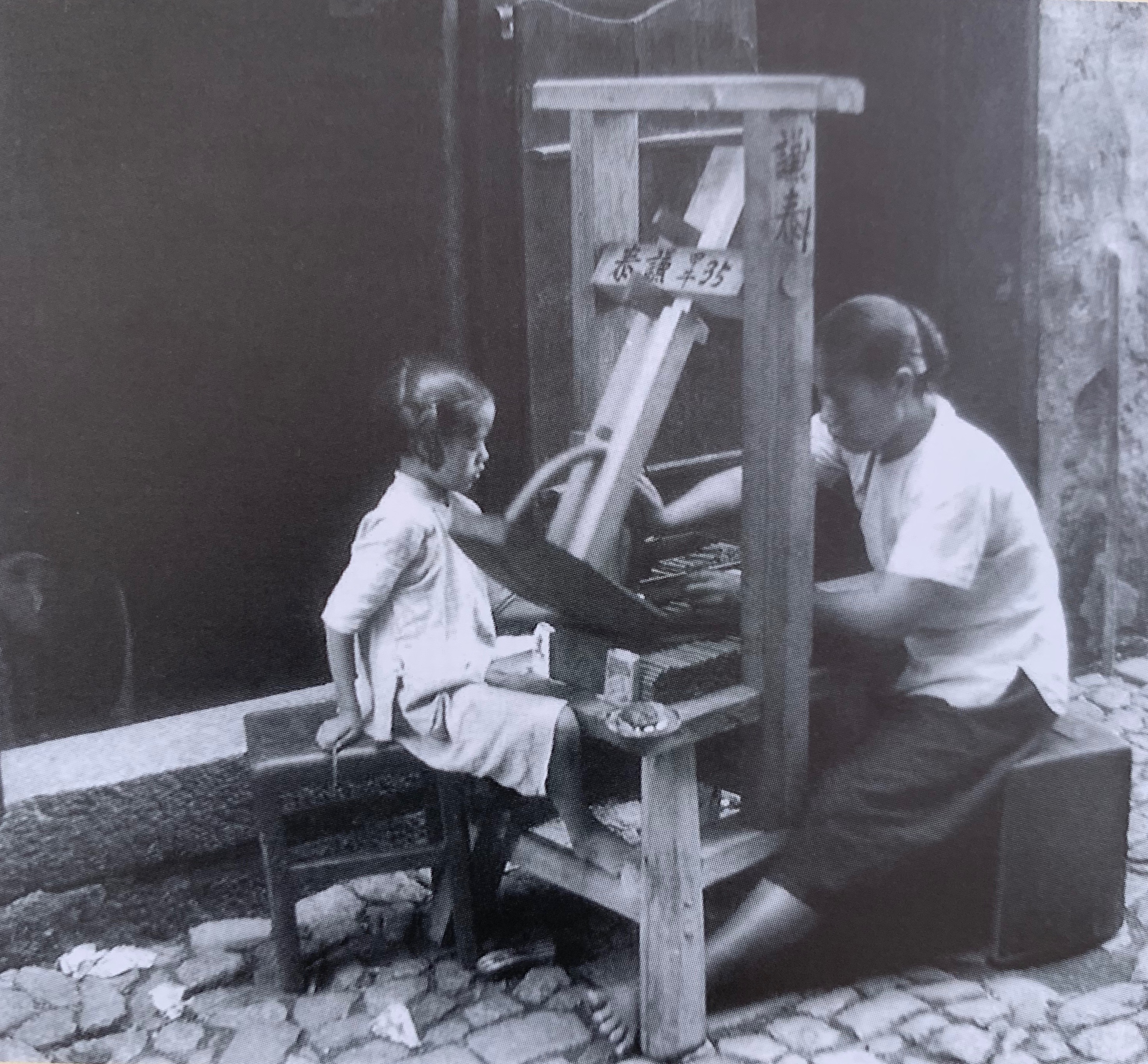
Macau locals rolling firecracker tubes. Source: Albert Lai’s “The Firecracker Industry in Taipa”
Before firecrackers, fishermen
If you like history, take this path down memory lane with us! It’s hard to imagine Taipa as one of Macau’s most remote areas–filled with swamps where we can now see tall buildings and gardens. Taipa used to be way less populated than it is now, with its main occupancy being the fishing and shipbuilding industries. According to records from Albert Lai’s book, “The Firecracker Industry in Taipa”, in 1887 there were about 200 residences housing 4,000 people, about six dozen ship manufacturers, with the fishing business being at its prime at the time.
The Portuguese started occupying the then island in the mid-19th century. Reclaiming the land between Ponta da Cabrita and Monte Pou Tai (then water) and cutting the sea channel in-between led to a massive decrease in the amount of fish in the area, thus reducing the profits of the fishing industry, which declined greatly during the 1920s.
The development of the firecracker industry in Taipa was a result of several situations: the peninsula’s market was saturated and the island’s economy wasn’t going well due to the decline of fish. The 50s and 60s were great times for Taipa in economic terms, due to the flourishing of said business.

Kwong Hing Tai main offices at Pier 11, Inner Harbour, Macau. Source: Albert Lai’s “The Firecracker Industry in Taipa”
Chan Lan Fong, the King of Firecrackers
Macau has had its share of kings and queens when it comes to the territory’s development. One of them is Chan Lan Fong, owner of Kwong Hing Tai factory, which started in 1924. From Dongguan (China), he and his brother inherited a factory in their hometown. Chan later moved to Hong Kong and established another similar business, while his sibling stayed home to manage their estate. He set up an office in Macau in 1927 with the factory itself occupying a large amount of land in the Taipa side, and the office was located at Pier 11, in Inner Harbour (Macau side).
The factory’s management had several changes throughout the years, but it was usually kept within the family, with Chan’s sons and grandsons following the tycoon’s footsteps. In 1941, the founder of Kwong Hing Tai moved from Hong Kong to Macau to escape the Japanese invasion of the neighboring territory. As a consequence, his business went cold until the end of the war. After Chan Lan Fong was his eldest son, Chan Ming, with his nephew, Chan Lam as manager of the business.
During the first decades of the 20th century, the factory saw great developments because Europe and America were not doing business with China due to sanctions, then having to look for firecrackers elsewhere. During the 50s, business was booming and its factory in Taipa occupied one-fifth of the island’s usable area. Albert Lai himself declares that he has worked in the industry, as well as his schoolmates, estimating that more than 2,000 people in Taipa worked for Kwong Hing Tai in some way, be it at home or after hours. This included underaged children, men, women, and entire families. Chan Lan Fong was also nicknamed as “Emperor of Taipa”.
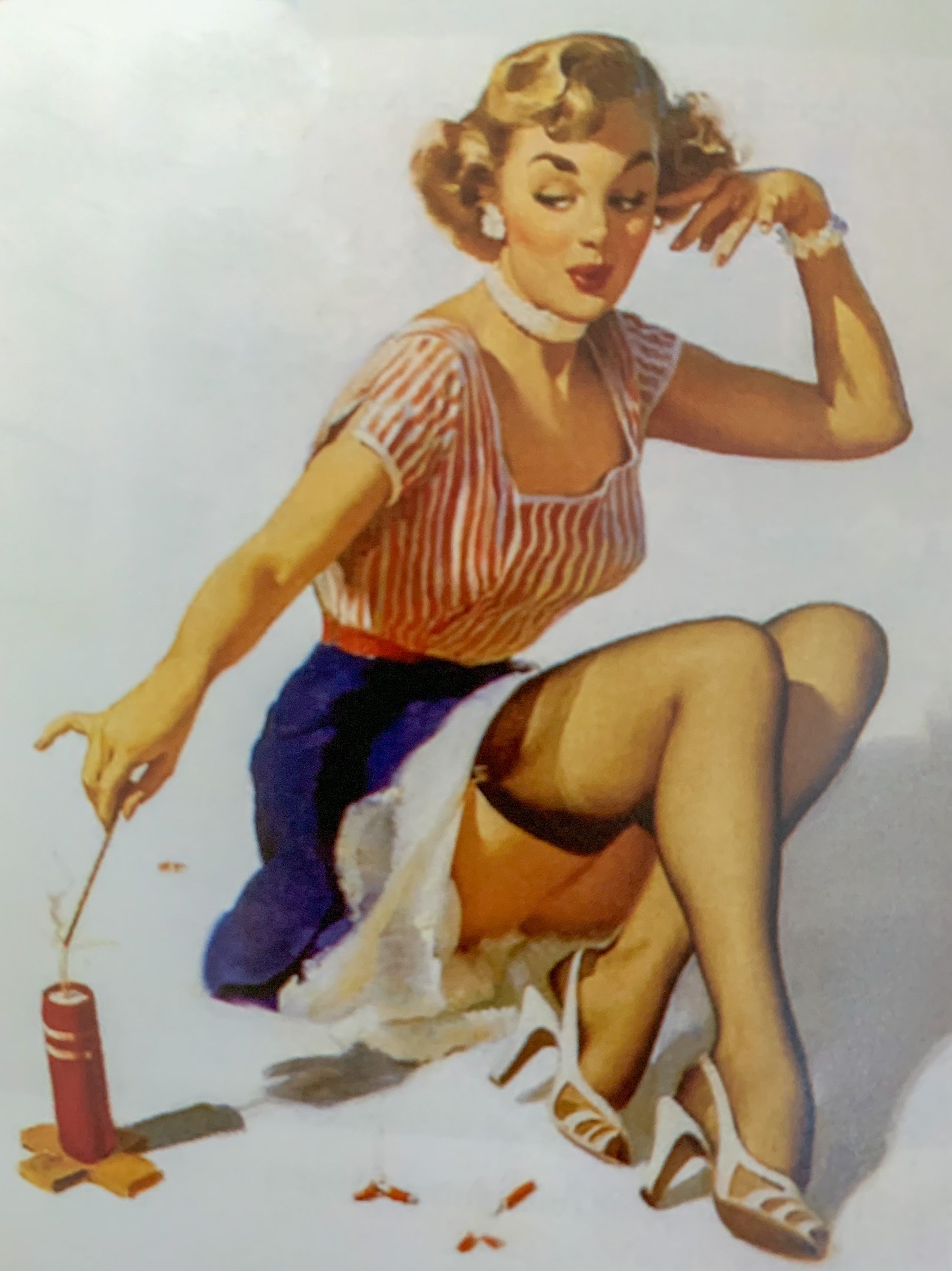
Marilyn Monroe posing for a USA advertisement for firecrackers. Source: Albert Lai’s “The Firecracker Industry in Taipa”
Iec Long: Taipa’s Long Lasting Legacy
During the 70s, the US went back into business with China, which had a great impact on Taipa’s firecracker industry. Iec Long wasn’t the first firecracker factory in the territory, but it surely was one that lasted as long as it could. Its premises are still very relevant in Macau’s history and heritage. Located in the back of Taipa Village, it has since been shut down and closed for several years now. Unfortunately, no visitors are allowed inside. However, its brightly colored walls are still very familiar and garner interest from photography buffs in search of creative spots to shoot.
Iec Long started in 1926 and closed in 1984. Tang Bick Tong was born in Nanhai city (Guangdong) and previously owned a series of other factories in China. He then began to expand his business to Macau. Rua Fernão Mendes Pinto became the address for this factory and some of its buildings are still there. The original permit stated that the land could be used for a term of 50 years. Iec Long’s empire lasted 58 years, with about 400 workers during its heyday, compared to the existing 52 (according to Albert Lai’s book) by the end of its run.

